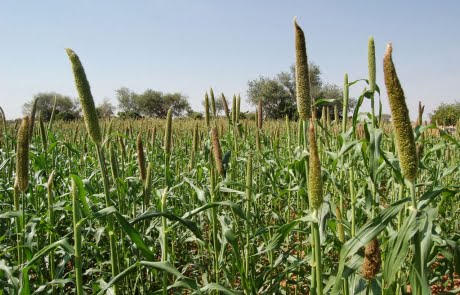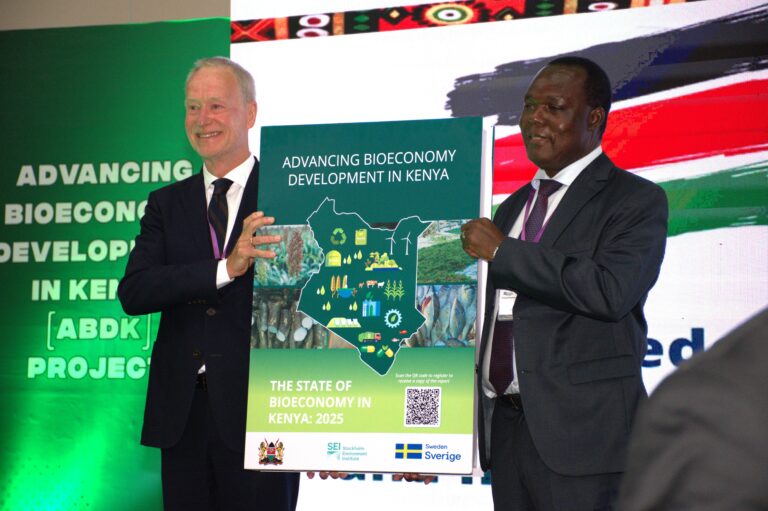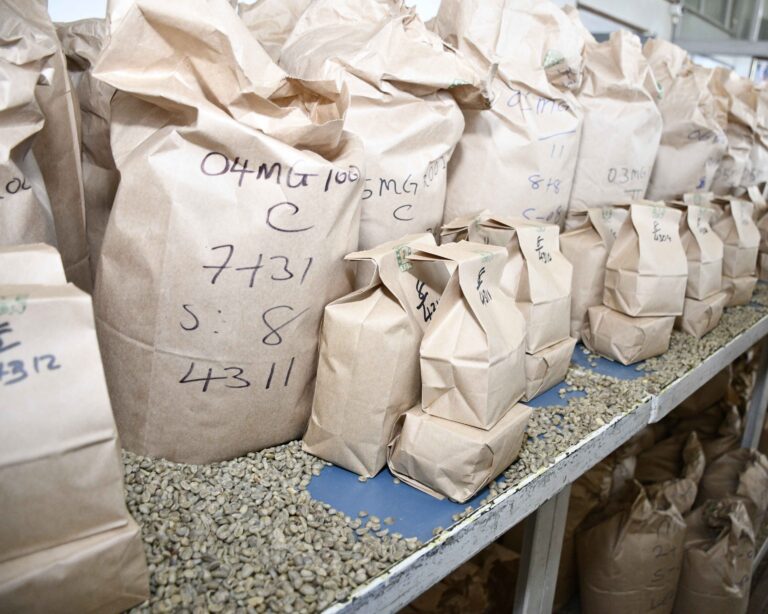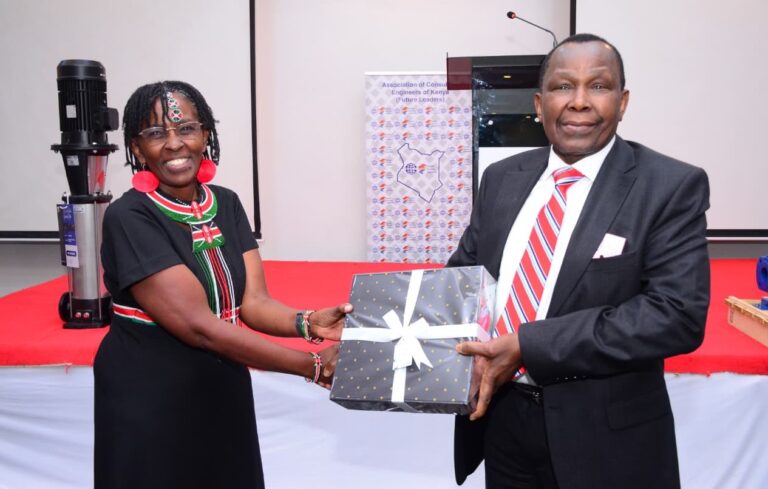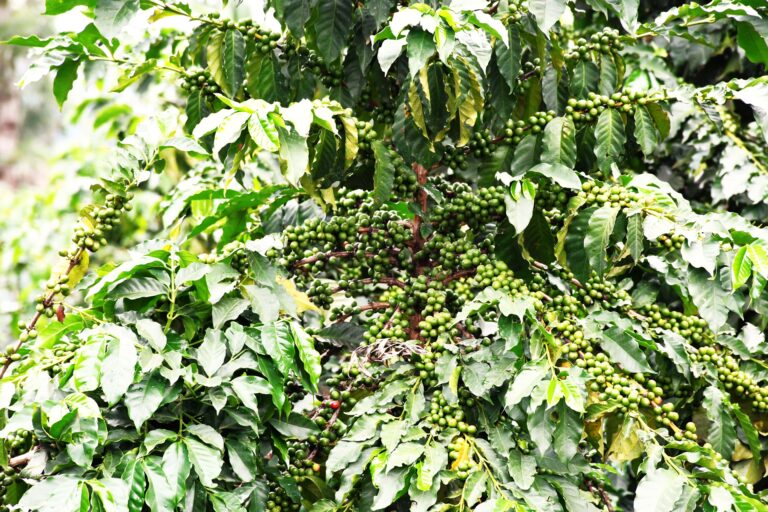Millet farmers in Busia County are encouraged to adopt improved, climate-resilient seed varieties to boost their yields and enhance regional food security.
Speaking during a field visit to millet farmers in Asing’e, Teso South Sub-county, Emmanuel Eshitemi, an official from the Centre for Behaviour Change and Communication (CBCC), emphasized the importance of transitioning to modern farming methods and certified seed varieties.
“We are working with KALRO and KEPHIS to ensure that the seeds are of the required quality and are available to the farmers. We are educating our farmers on the importance of the improved seeds. The seed takes three months and is ready for harvesting,” Eshitemi said.
He noted that traditional millet varieties are often slow to mature and deliver low yields, making them less viable amid changing weather patterns.
“These new varieties are drought-tolerant and can do well in all weather conditions. Many farmers do not understand the issue of climate change, and that’s why they need seeds that are tolerant to climate change so that farmers can be cushioned from making losses. The improved variety has a high yield after a short period. The seeds can only be recycled twice, after which we encourage farmers to get a new variety,” he explained.
Eshitemi added that their initiative, currently focused on Teso South, aims to reach all millet farmers in Busia County.
“We want to reach all farmers so that they can benefit from our training and even get the seeds. We have several improved varieties, including U-15/Maridadi, Kakamega Wimbi 2 and Kakamega Wimbi 3, and they are all available at Youth and Women Quality Centres in Busia,” he said.
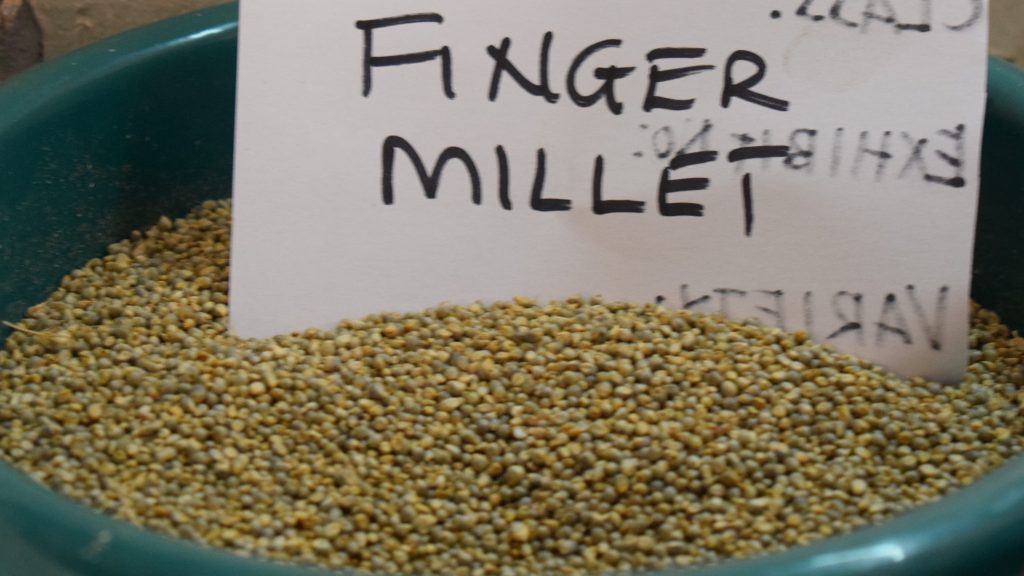
Local farmers are already reporting positive results after switching to the improved varieties. Marygoret Omodia, a millet farmer, said she has seen a significant increase in her harvest since adopting modern planting techniques and improved seeds.
“If you follow all the instructions, the yield per acre is approximately 10 bags of 90kg from one acre. I want all millet farmers to embrace these new ways of millet farming so that we can increase the production of millet in the county,” she said.
Omodia also highlighted the nutritional value of millet, noting its benefits for people with diabetes and as a nutritious porridge for children.
Another farmer, Mary Awala, said the improved varieties have allowed her to plant up to three times a year, greatly enhancing her productivity.
“The traditional seed took six months, but with the improved variety, it takes three months, and with that, I can plant three times per year through crop rotation. This has helped me to pay school fees for my children and support my livelihood,” Awala said.
She added that planting millet in rows, as taught in the new methods, has made weeding easier compared to traditional random planting.


